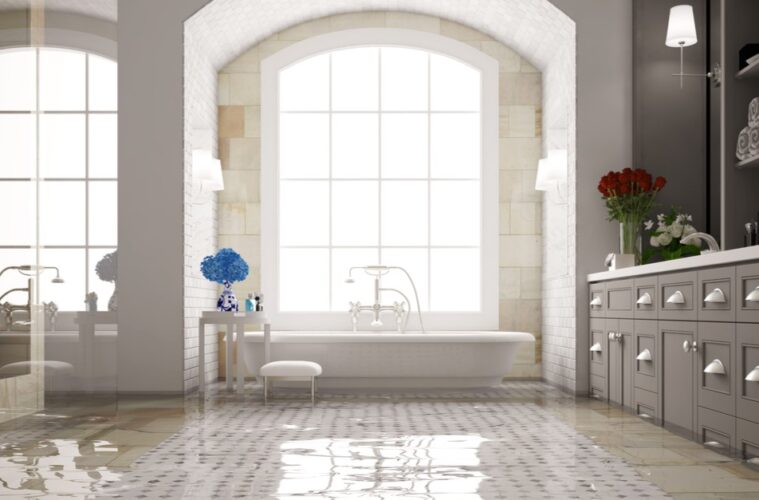When coping with flood water damage in your house, you don’t consider whether it may be classified. You want to quickly get everything cleaned up, dried up, and back on the right track. You must know about the various categories of water and why it presents such a significant threat to your wellness and property.
Identifying Category 3 Water Damage
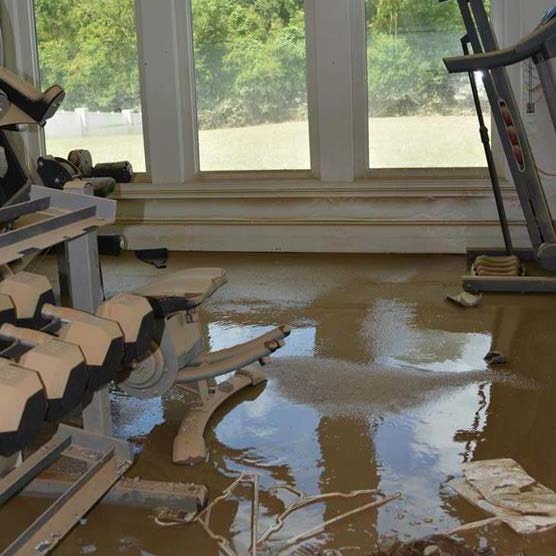
source: eegrestore.com
Although sewage overflows are a health concern, they are not the only source of severe house flooding. Rapid floodwaters can quickly push chemical and organic toxins into the house. After an intense downpour, even increasing water levels could become an origin of contagious diseases.
What is category three water loss?
Water that has been highly contaminated and may hold pathogens, toxin production, or other hazardous chemicals falls into category 3. Silt, organic matter, pesticides, heavy metals, controlled compounds, and harmful organic substances may be present in such water.
Wind-driven rain from cyclones, tropical storms, other toxic water entering or impacting the indoor environment, other weather-related occurrences, and groundwater water and rising water from rivers or streams are some examples.
Why does water damage spreads so fast?
Cellulose in walls and flooring serves as a food supply for black water pollutants. Pathogens and fungi thrive on porous surfaces in your home. The high moisture content, warm temperature, and relatively stable air create a perfect environment for germs and mold to thrive inside walls and beneath floors in a flooded house.
Why can’t you clean the area by yourself?
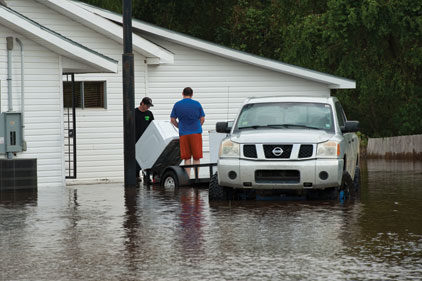
source: randrmagonline.com
Any type of floodwater is detrimental to one’s health, but black water, also known as Category 3 flooding, is hazardous. In dirty water, bacteria strains that cause serious diseases can be identified, such as hepatitis B and C, norovirus, tetanus, West Nile virus, tuberculosis, and HIV /AIDS.
The Flood damage restoration method comes with considerable health dangers and a high potential for injury. There are also extra health concerns involved with poorly drying the structures, including serious Because deadly mold and systemic political instability may be left behind, and disease and death may result.
It is highly advised to contact a skilled and certified professional for all water damage restoration work.
Why hire a professional worker/cleaner?
Just by hiring a cleaning service, you can:
- Reduce your risk of contracting harmful germs.
- Long-term issues, such as hidden mold growth, should be addressed.
- Take better care of both the cleanup and the rebuilding.
- Restore any undamaged flooring, furniture, or personal items.
Classification of Water damage
- the water’s purity, and
- the complexity in eliminating moisture.
Category of water damage/ water damage restoration category
Category 1 Water Damage
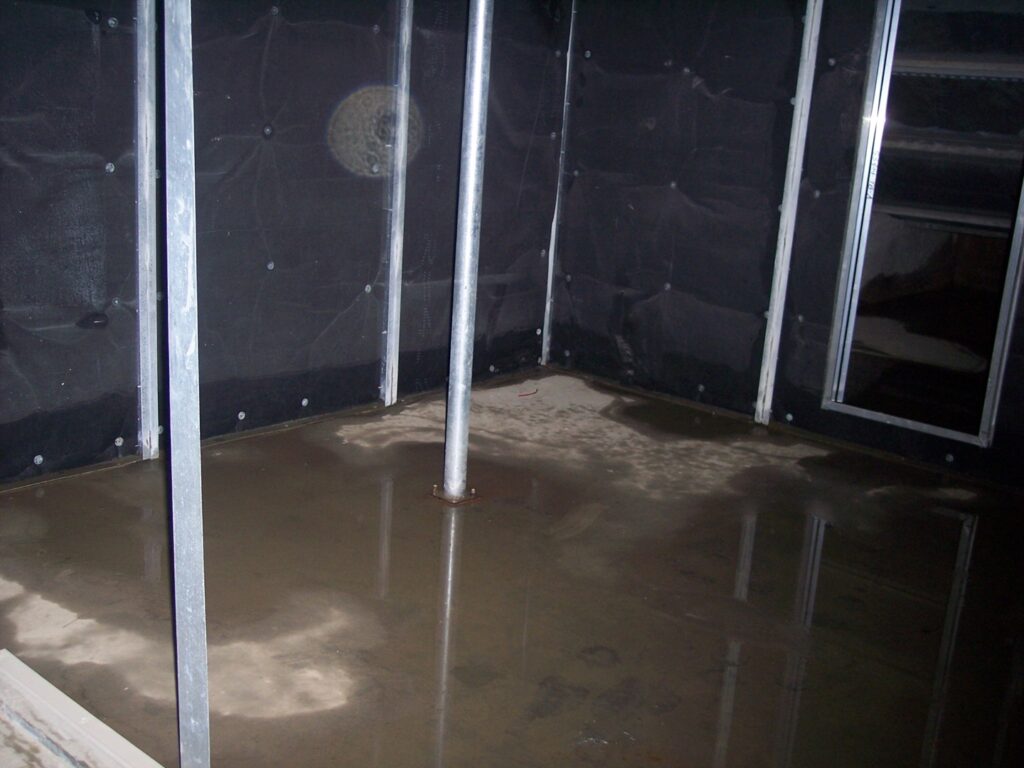
source: pinterest.com
“Clean Water” comes from sources that do not damage or harm or threaten people. All examples of water that overflowed when running your bath or spilling from an ice machine, dishwasher, or clothes washer supply line.
It assumes that the flooded surfaces are relatively clean. Clean water flooding is frequently handled by removing standing water.
To stimulate vaporization and eliminate moisture from the air, you must install dehumidifiers and air movers. A Category 1 may turn into a Category 2 water damage after 48 hours.
The reason for this is that even small amounts of water can enable mold to develop, resulting in pollution in the future.
Category 2 Water Damage
Commonly referred to as “Grey Water.” Due to high levels of bacteria, mold, and chemical contamination, “grey water” poses a health concern. It includes contaminated water from household appliances and leakage from water beds, aquariums that have broken down, broken washing machines, under kitchen sink leaks, and urine.
The sponge-like structure of the carpet cushioning is frequently demolished and replaced because it provides the ideal environment for bacterial and mold development.
Once you’ve determined that you have category two water damage, you must clean up and sanitize any affected locations as soon as possible. Ensure that all damaged areas are thoroughly cleaned; otherwise, this could result in dangerous category three water damage.
Category 3 Water Damage
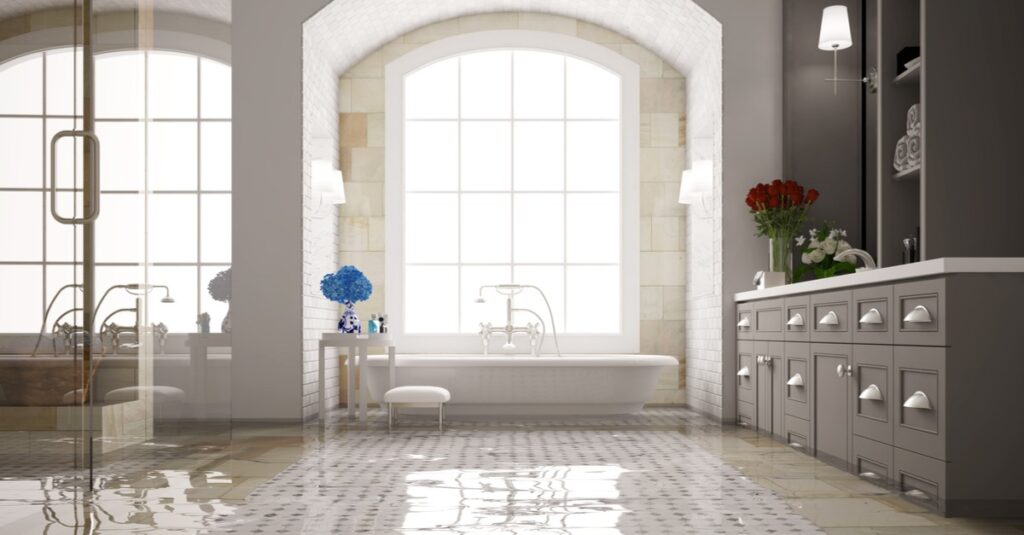
source: rainingkates.com
“Black Water” is filthy and consists of disease-causing germs and toxins. It is the most hazardous of all water damage categories.
It is the category you should try to prevent because the water is polluted and could give you health problems if exposed to it.
A sewage backflow, a broken toilet bowl with excrement, and rising floodwaters are examples of black water circumstances. Rising floodwater contains several types of chemicals, fertilizers, excreta of humans and animals, and overflowing sewer and septic tanks and is therefore known as Category 3. Increasing floodwaters are highly probable to include tetanus and other severe infections.
In a category three scenario, you should immediately seek the help of a professional to clean and sanitize your home.
These individuals are qualified to handle contamination from category three water damage. Flood damage restoration individuals must use personal protective equipment. They should remove the carpeting, flooring, and drywall and must apply an antimicrobial spray to destroy germs on the spot.
The Footnote
Finally, if you’re wondering what category three water damage is, you should stay away from it. If you don’t correctly handle category two water damage, it could escalate to category 3, which is not suitable for your home or health.
In instances like this, it’s also a good idea to think about water damage insurance. It will aid in guaranteeing security and protection in the event of natural disasters such as water damage to your home. Once you have the correct insurance, you may feel secure, especially when there are damages and concerns.

